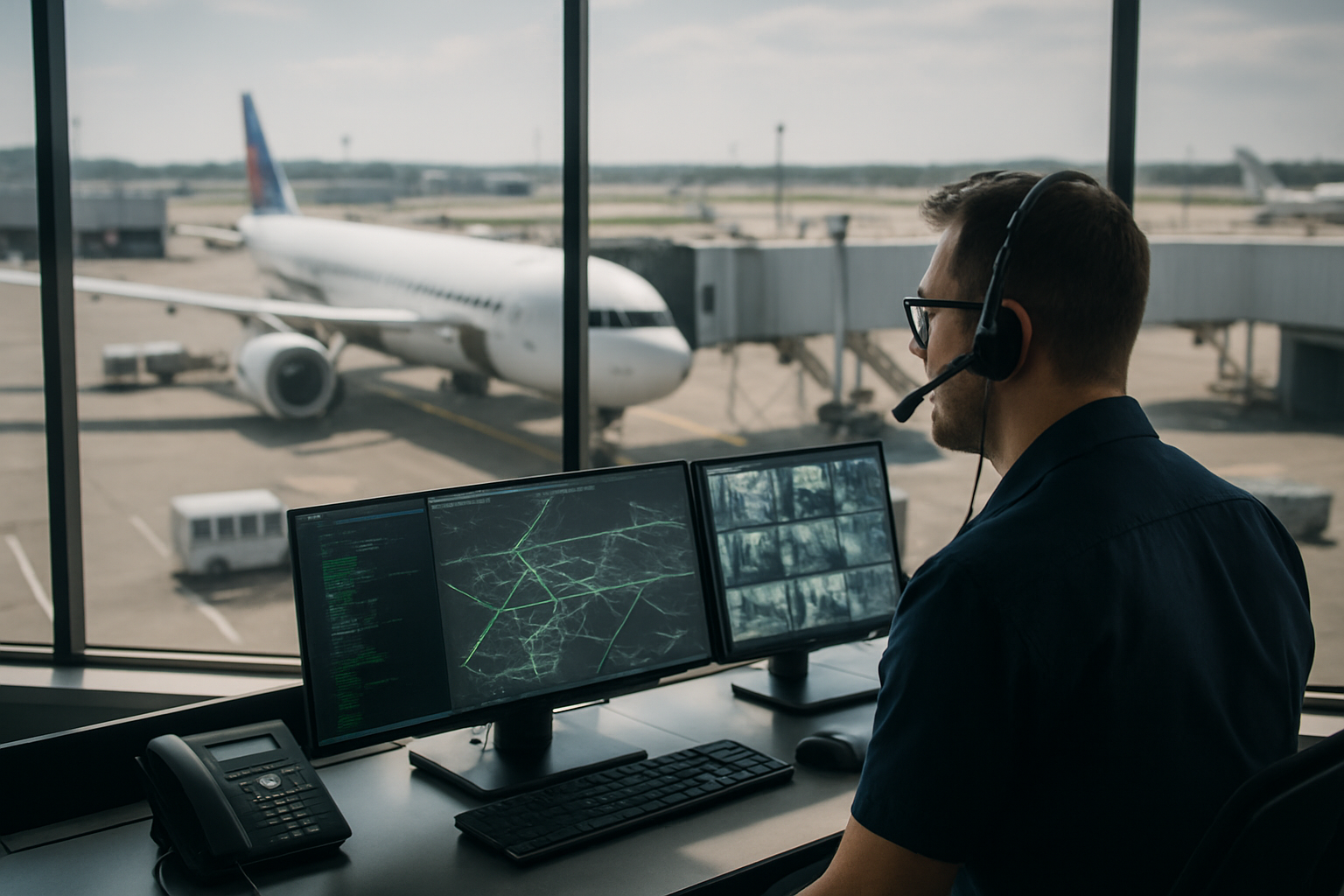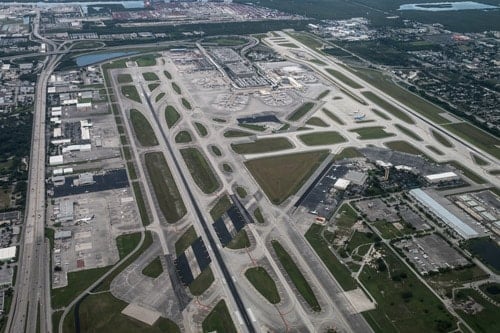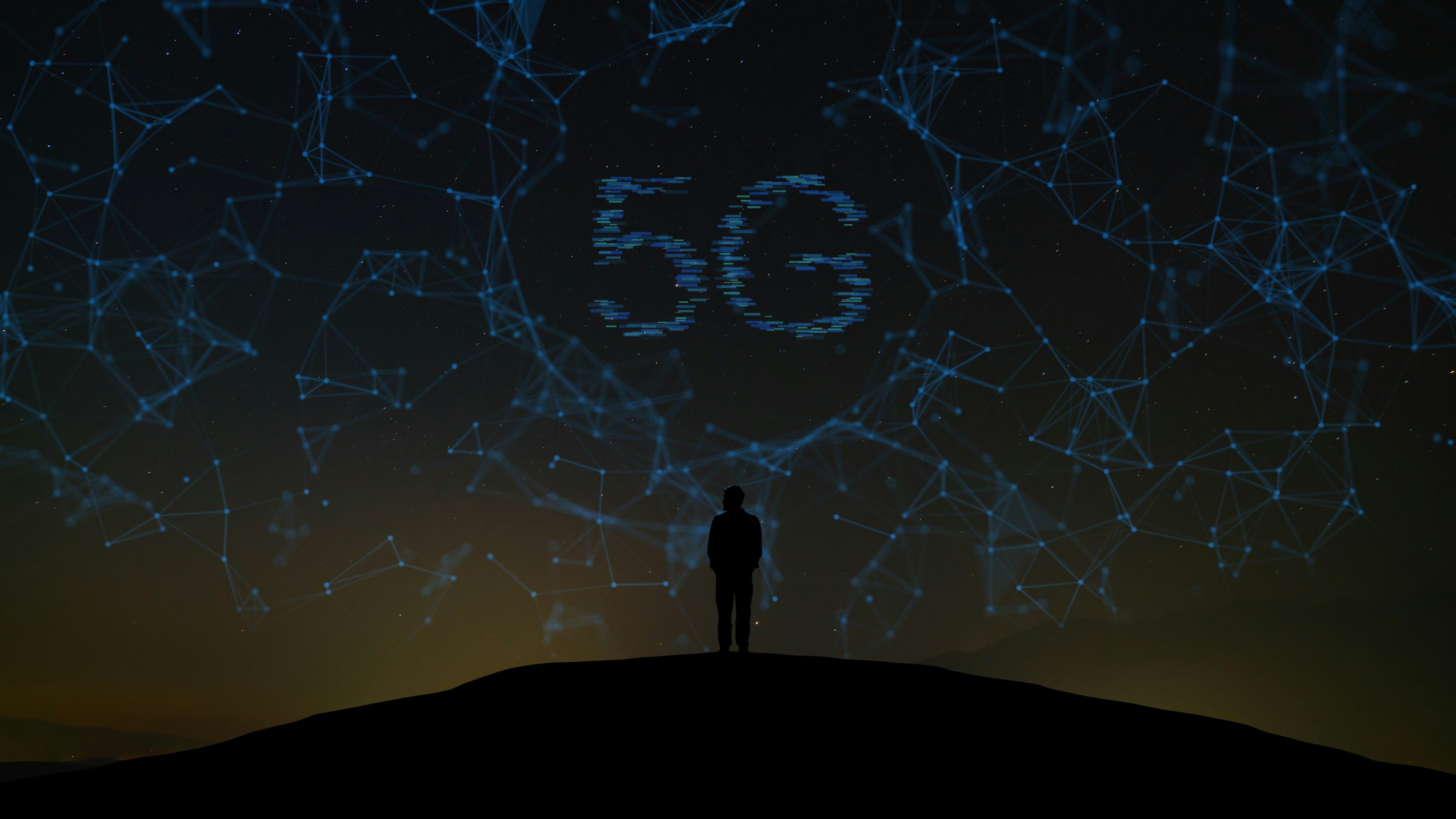What IoT means for the utilities industry
Faced with growing demand, ageing infrastructure, and a push for sustainability across...
Mission critical networks are private networks used by organisations, such as emergency services and disaster response teams or national infrastructure organisations (e.g. ports, airports and railways) either to deal with crucial situations or processes that themselves are crucial.
“Mission critical” refers to something that is essential for the successful operation of a company, system, or activity where the consequences of delay or total failure would be severe disruption. This could also result in a critical process coming to a halt or a situation that poses a threat to people or the environment.


Mission critical networks are used to establish high-performance, stable, reliable and secure communications that users can depend on. Their low latency provides fast communication, minimal downtime risk and improved cybersecurity for those important mobile voice, data and video needs. Additional technology components such as network slicing can be utilised where available to provide further reach and security benefits.
They can also utilise different types of connections (4g and 5g) and network users can roam if the situation demands, The type of infrastructure depends on the application and other factors such as location and security concerns.
Cybersecurity in mission critical networks
Improved cybersecurity is an essential benefit of cellular technology for mission critical networks. A 5G cellular network is much more difficult to compromise than Wi-Fi and provides a safe and reliable way to transfer data. Network segmentation can also be utilised to further bolster security properties in highly sensitive environments such as defence and certain government functions.


High data bandwidth and speed along with low latency (signal response) are essential for mission critical communications that may involve voice, video and perhaps remote control or robotics. Mission critical networks can utilise the latest 5g infrastructure and technology, which provide those speed and coverage benefits. Taking advantage of the most advanced infrastructure is a key component of a successful mission critical network, and, for the organisations using them, every second counts.
Discover how private networks are transforming modern enterprises with greater security, control, and efficiency. Download the Three Group Solutions e-book to learn more.
Mission critical networks are an essential modern tool for emergency services. In the medical field, they can be used for several different applications including for emergency communications and the fleet management of ambulances, fire engines and other vehicles such as blood delivery.
Time management and fast response times are crucial for all emergency services, particularly in disaster response situations. Low latency mission critical networks can allow each service to meet these demands. From ambulances to paramedics, each element of the service needs a fast, stable and secure connection.
Security and stability are particularly important for networks used by police forces. Police are not only under threat from criminals in the real world, but from digital threats and cyber crime. Considering this, network and data security are paramount for these applications. Mission critical networks provide a robust security component for all emergency services.

Mission critical networks can provide a valuable communication tool for public transport networks, particularly for rail and rapid transit systems. The network can allow staff to quickly communicate information during emergency incidents and liaise with emergency services effectively.

Security and safety are a key consideration of any large public event. Developments in technology have allowed security personnel to communicate more effectively. This improves safety, reduces risks and allows emergencies to be managed effectively.
Crowd and movement control are an important safety consideration. A stable, reliable and secure mission critical network is an effective tool in aiding these safety considerations. From concerts to sports matches, a mission critical network can be an important tool for improving crowd and event safety.

Production delays, quality control issues, and unplanned downtime impact efficiency and profitability in manufacturing.
A private network provides real-time machine communication, automated production lines, and predictive maintenance, ensuring efficient operations.
With connected worker safety systems and material tracking, smart manufacturing can reduce downtime, improve productivity, and scale operations with confidence.

Outside of emergency applications, mission critical networks can be used in a variety of other healthcare applications. From providing secure private networks for hospitals, to assisting with vaccination distribution.

No video selected
Select a video type in the sidebar.
Various IOT devices can interface effectively with a mission critical network. From SIMs and fleet management devices installed in vehicles, to security related IOT devices. IOT can unlock a new dimension to mission critical situations, providing even more information and context to aid emergency decision making. Find out more about the technology on our IOT page.
Three Group Solutions have great expertise and experience in providing secure and reliable mission critical networks for a range of applications.
If you are an organisation that would benefit from guidance on the implementation of a mission critical network, please contact us using the form below. For more information on the supporting technology, visit our private networks page.
Speak with one of our private network experts.
Faced with growing demand, ageing infrastructure, and a push for sustainability across...
Telematics plays a growing role in how logistics, transportation and supply chain...
Connected devices are no longer pilots tucked away in innovation teams. From smart...
© CKH IOD UK Limited . All rights reserved.